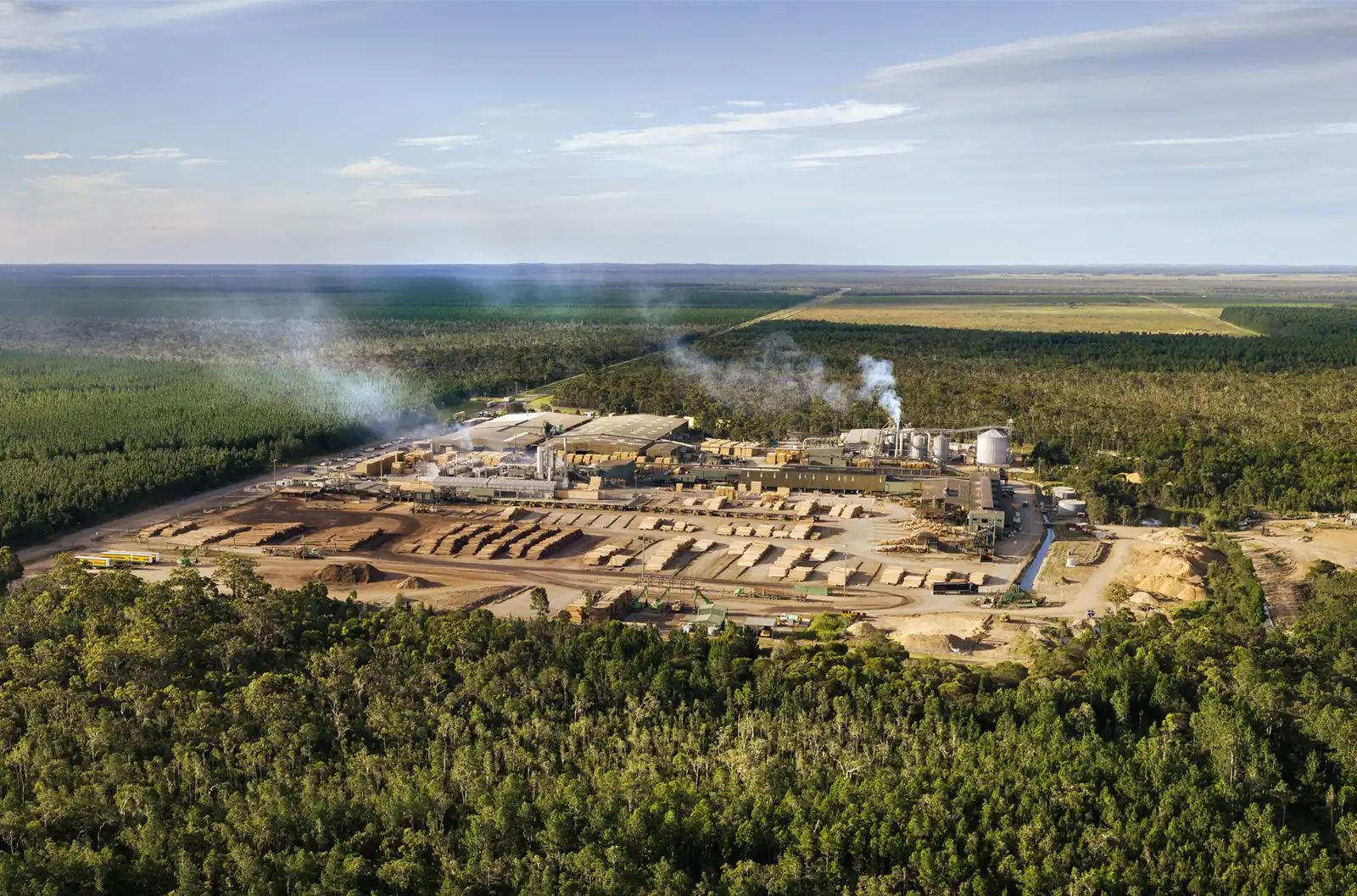Why has my timber developed discolouration?
A common cause of timber discolouration is ‘Blue Stain’ which is a harmless microscopic organism that can stain the sapwood of a tree in a variety of colours. Not all ‘Blue Stain’ is blue. It gets its name from the commonly seen blue to bluish-black shade, but can also appear grey, brown, red, yellow, orange, and even purple.
How to tell Blue Stain apart from mould?
‘Blue Stain’ is different to mould. A simple test is to lightly rub the affected surface of the timber – Mould can be brushed off or smeared as it grows on the surface, whereas ‘Blue Stain’ penetrates deep into the timber fibres and cannot be removed.
Is Blue Stain harmful?
‘Blue Stain’ itself poses no health risk, and affected timber is safe to handle. The same safety rules for using non-affected timber apply to ‘Blue Stain’ affected timber:
- Wear eye protection and a dust mask when sawing or machining timber.
- Avoid prolonged inhalation of sawdust.
- When the work is completed, wash areas of skin contact thoroughly before eating or drinking.
- Wash clothing that accumulates sawdust separately from other household clothing and before reuse.
Does it affect the strength?
‘Blue Stain’ has no negative effect on the performance and strength of timber. Structural timber is not downgraded due to the presence of ‘Blue Stain’ and should not be labelled inferior timber.
Does ‘Blue Stain’ cause decay?
No. ‘Blue Stain’ is not a decay fungi. Instead of dining out on the cellulose fibre structure of timber, it lives on nutrients contained in the cells.
Can ‘Blue Stain’ affected timber be treated?
Yes. ‘Blue Stain’ is not a barrier for the effective preservative treatment of timber to guard against decay and termite attack.
Where can ‘Blue Stain’ affected timber be used?
Because ‘Blue Stain’ does not detract from the strength properties of of structurally graded timber, affected timber can be used for exactly the same purpose as non-affected timber. Just be certain that the timber has been produced in accordance with the relevant Australian Standards, which identifies the grade, moisture content and mill identification number.








.jpg)










